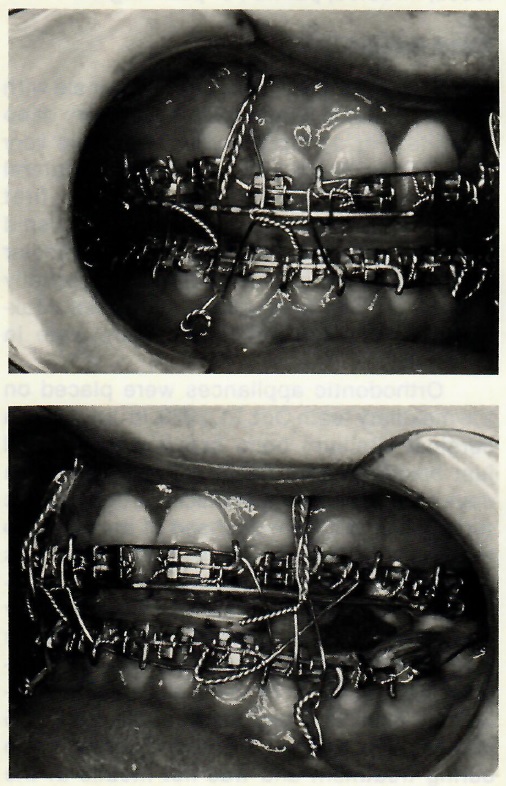This technique can save the orthodontist a considerable amount of time in cases on which segmental maxillary surgery is to be performed in conjunction with orthodontic treatment. Normally, it has been necessary for the orthodontist to be present in the operating room to replace the archwire with a stabilizing archwire once the maxillary segments were repositioned.
[show_img]265-jco-img-0.jpg[/show_img]
An easier approach, in cases in which maxillary bicuspids are to be removed, is to bend an .045" or .052" overlay archwire to the exact length that the arch will be after the bicuspids have been removed and the maxillary components repositioned. Prior to the surgery appointment, the main archwire is cut in the bicuspid areas.
After the oral surgeon repositions the segments, he inserts the overlay wire into the headgear tubes and ties it to the main archwire. This makes for a good postsurgical stabilization and eliminates the need for the orthodontist to be present in the operating room.
The same procedure can be used in cases of maxillary segmental surgery in which no bicuspids are removed.
If you have a Pearl to share with your colleagues, send it to Dr. Jerry Clark, 409 Parkway, Greensboro, NC 27401.



